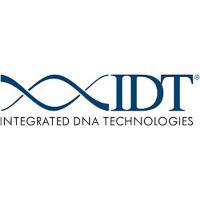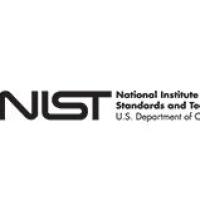Molecular Diagnostic Testing for Inherited Thrombophilia Using Invader
互联网
515
Physicians in the United States and Europe began testing patients who had idiopathic thrombotic events for inherited risk factors in 1990s. The College of American Pathologists (CAP) offered proficiency testing for molecular genetic screening for thrombophilia in 1997. Today, a hypercoagulable workup including screening for inherited thrombophilia defects is becoming part of the standard of care in many parts of the world (1 ). Who, what, and when to test continue to be controversial and challenging questions (2 ); however, laboratories developing new or improved mutation detection methodologies have used the most commonly screened inherited thrombophilia polymorphism, factor V Leiden (R506Q), for many years (3 ). In the most recent CAP survey (MGL-A 2003), the most commonly employed method used in one-third of all participating clinical laboratories testing for factor V Leiden and prothrombin G20210A was the non-PCR-based method called Invader�, developed by Third Wave Technologies. The remainder of the clinical laboratories reported testing for these variants using PCR-restriction fragment length polymorphism (RFLP), allele-specific PCR, and allele-specific hybridization. Emerging mutation detection technologies include DNA resequencing approaches such as pyrosequencing (4 ) fluorescence polarization detection (5 ), genotyping on microelectronic DNA chips like Nanogen’s nanochip (6 ), and oligonucleotide hybridization with photocrosslinking (7 ). Invader technology is currently a medium-throughput, 96-well plate format assay that is sufficient for most hospital clinical laboratories. Although this assay format is not currently performed in a microarray format, Invader is amenable to performance on a solid support; specifically, the reaction can be performed on the surface of microspheres and the resulting fluorescence measured using flow cytometry (8 ). This chapter presents the method as well as some suggestions for utilizing the Invader system for mutation/polymorphism screening in general and for thrombophilia testing in particular.









